"He didn't just select a stock beat and press play": Prince’s go-to synths and drum machine - a career in music tech gear
From the Linn LM-1 to the Roland JD-800
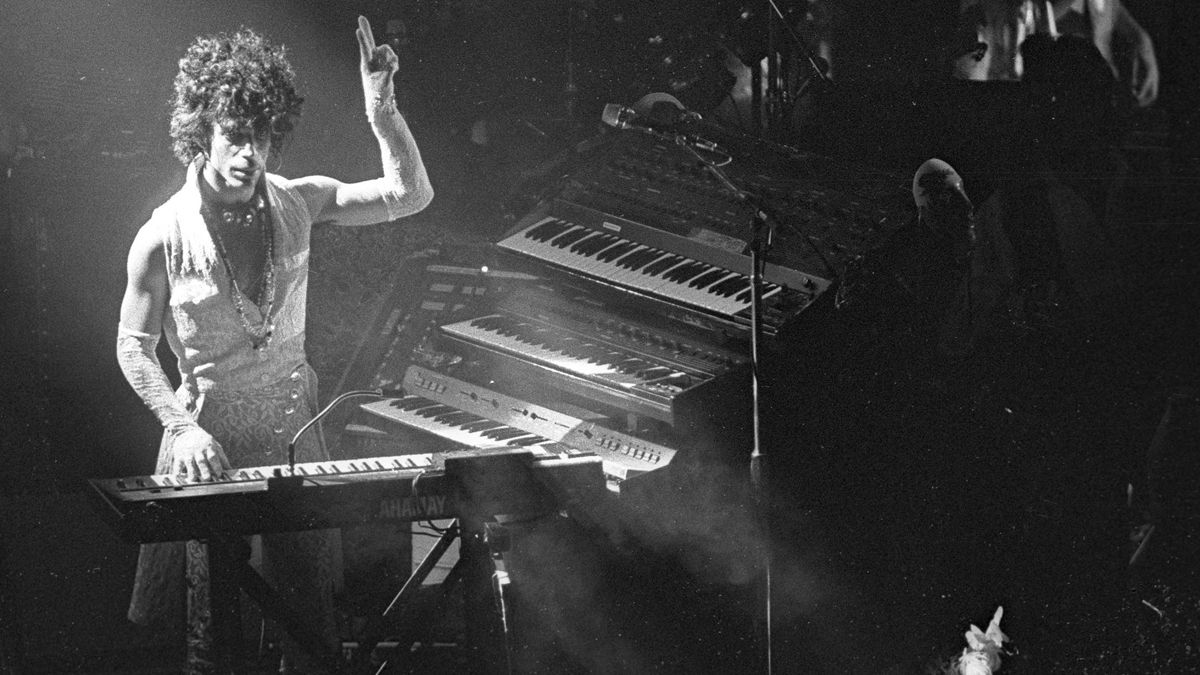
Even if you’d left Prince in a room with nothing more than a glockenspiel and a set of pots and pans, you suspect that, within an hour or two, he’d have come up with a passable double-album of metallic, plinky, filthy - and possibly quite annoying - sex-funk.
Fortunately, the impish musical titan - who would have celebrated his 66th birthday today - had access to rather more sophisticated sonic palette than that.
• Learn 4 pivotal Prince guitar chords: from Purple Rain to as funky F
In fact, though never what you’d describe as a 'gearhead', over the course of his career Prince developed specific penchants for one main drum machine and several synths.
So, let’s take a dive into Prince's vault, wade through the unreleased albums, and discover the instruments that resided there…
1. Linn LM-1
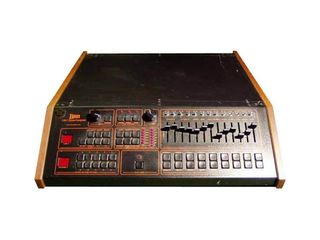
It’s hard to overstate how important Roger Linn’s 1980 drum machine was in shaping the sound of many of Prince’s early hits. It’s all over 1999 - both album and song - and the career-making juggernaut that was Purple Rain (just listen to the intro to When Doves Cry and you’ll get the general idea).
Rather than simply using the LM-1’s 12 sampled sounds as they came, Prince was known for getting busy with the tuning knobs, while the individual outputs on the back of the unit enabled him to bring external effects processors - most likely his Boss guitar pedals - to the party.
Get the MusicRadar Newsletter
Want all the hottest music and gear news, reviews, deals, features and more, direct to your inbox? Sign up here.
And then, on top of his programming skills, there was the fact that Prince would actually play the LM-1, employing finger drumming techniques to create more complex patterns and fills.
He managed to turn what was, by today’s standards, a fairly limited piece of hardware into something that sounded uniquely ‘him’ - quite some achievement.
As Roger Linn told Reverb in 2017: "[Prince] didn't just select a stock beat and press play, but rather used [the LM-1] in unusual and creative ways, from his detuning the drums to no longer sound like drums, to the unusual beats he programmed, to how he featured it in the mix."
2. Oberheim synths
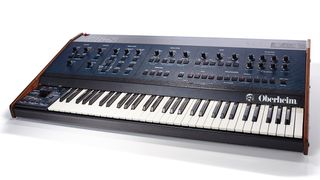
While Prince was pretty inventive in the way that he used his LM-1, it seems that he was quite happy to let the presets do the heavy lifting when it came to his Oberheim OB series synths.
“Oberheims were a huge part of our sound,” Revolution keyboard player Lisa Coleman told MusicRadar in 2019. “And the presets were so great and big and fat!”
“Prince was incredibly bold in the way he would just use a preset and then brighten the fuck out of it!,” Coleman continued. “He would turn the filter way up so the sound would cut through the mix.
"I still have the OB-SX from those days. It’s one of the most simple Oberheims - there are just a few knobs on it, but that was the most quintessential keyboard from that era.
“There’s the organ sound from When You Were Mine or The Beautiful Ones. If you play that organ sound with a delay pedal, there you go! And the horn punches? Play [preset] C1. That’s the sound!”
It seems likely that one of Prince’s most famous synth sounds - the repeating stabs in 1999 - were actually played on an Oberheim Four Voice; you can find out how to recreate it here.
3. Yamaha DX7
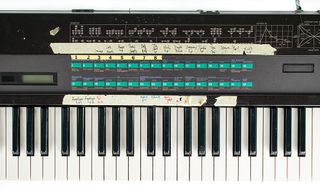
Like so many artists in the ‘80s, Prince was happy to explore the new digital synths that were coming to market, most notably the classic Yamaha DX7.
This gamechanging FM synth was released in 1983, and quickly became a pro studio essential. We can be sure that Prince owned one because, just last year, his personal keyboard was auctioned off for a whopping $73,697.
It’s speculated that Prince bought his DX7 in 1983, just before he recorded Purple Rain. The handwritten song titles on it - including Strange [Relationship], Let’s Work, House[quake], Kiss and Another[loverholenyohead] - indicate that the keyboard was frequently taken out on the road, with the ‘Fink Main’ sticker on the back implying that it was played on tour by Revolution keyboard player Matt ‘Dr’ Fink.
As the ‘80s progressed, Prince’s DX7 fell out of use, but he would occasionally return to it, as former Paisley Park Studios employee Shane T Keller recalls.
"When we were working on the Purple Medley [a continuous mix of old Prince songs, released in 1995, for which Prince re-recorded all the parts and vocals], Prince asked me, ‘Can you get my DX7?’ I had to look for it, so that is how I knew where it was later in the year during the fire sale [Prince needed to raise money at the time for touring expenses].
"His handwriting is all over it, and he assumed ownership of it when I brought it into Studio A. Indeed, it was his, and I saw him play it."
4. Roland D-50

While Prince must have spent quite a while wringing everything he could out of the LM-1, he was never obsessive about gear, preferring to focus on the musical big picture than intense sound design.
His deployment of the D-50 is a case in point: used heavily on both 1988’s Lovesexy album - it’s evident right from the off - and the following year’s Batman soundtrack, presets were very much the order of both days.
In fact, Prince was happy to use some of the D-50’s most iconic patches - Soundtrack, DigitalNativeDance and Gamelan Bell to name just a few of them.
5. Roland JD-800
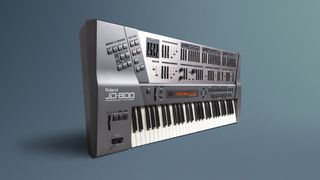
After dabbling with the likes of Korg’s M1 and T3, Prince would later acquire the monstrous JD-800, the spiritual successor to the aforementioned D-50.
Perhaps it was the return of analogue-style control that convinced Prince to give the JD-800 a go, but it’s reported that, for most of the ‘90s, it was Prince’s main studio keyboard.
In fact, according to the excellent Prince equipment archive Guitarcloud, he eventually combined two JD-800’s to create a single hybrid instrument.
The 21st century would see Prince put more focus on live instrumentation - he was often heard to talk about ‘real music being played by real musicians’ - but synths remained part of both his studio and stage shticks.
We know he was a fan of Yamaha’s Motif series and occasionally used a Moog Minimoog Voyager - in fact, both can still be found in the control room at Paisley Park.



I’m the Deputy Editor of MusicRadar, having worked on the site since its launch in 2007. I previously spent eight years working on our sister magazine, Computer Music. I’ve been playing the piano, gigging in bands and failing to finish tracks at home for more than 30 years, 24 of which I’ve also spent writing about music and the ever-changing technology used to make it.

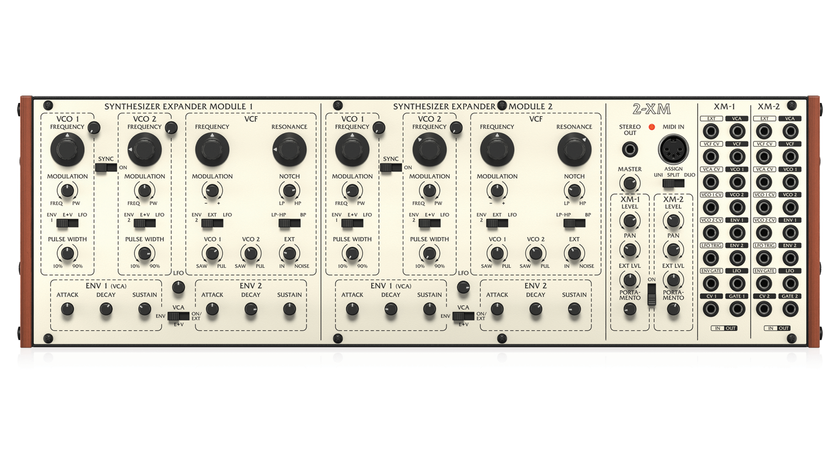


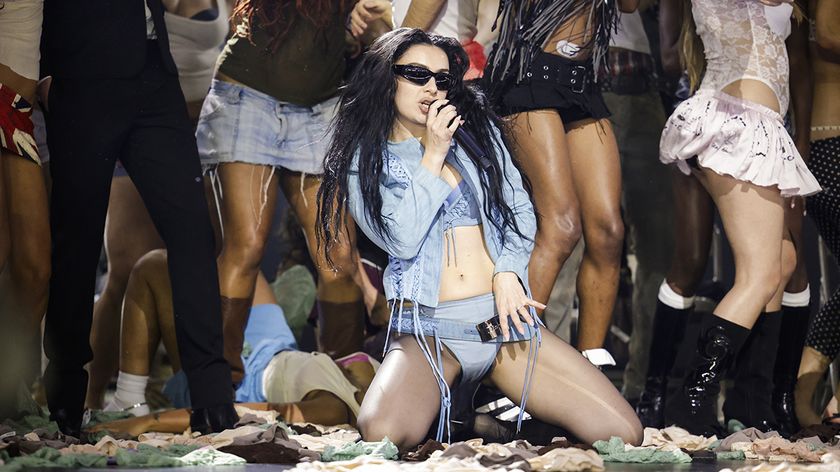
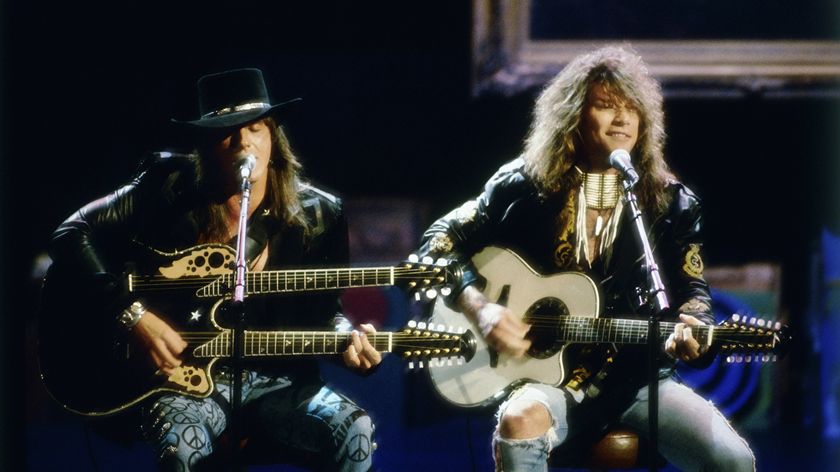
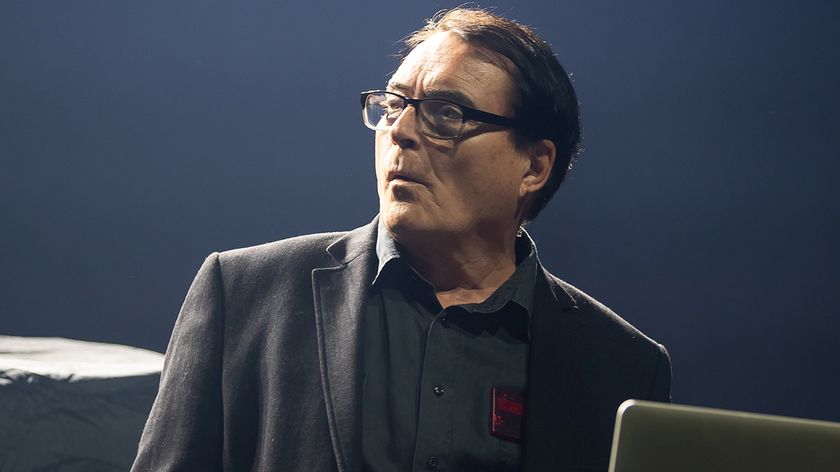
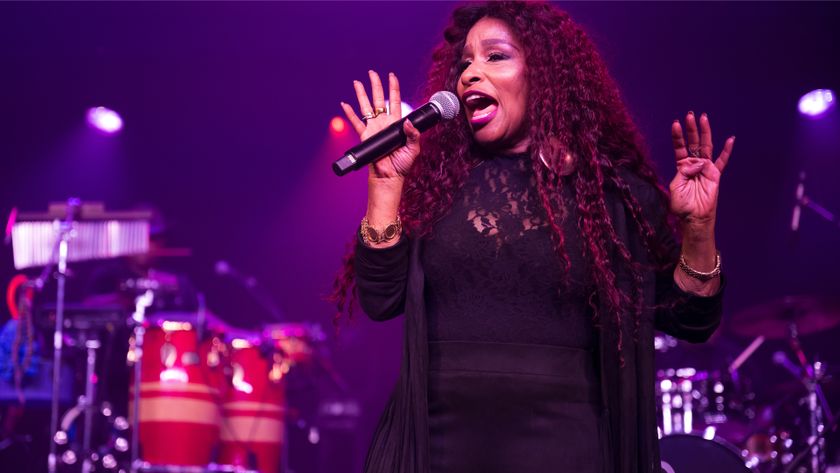
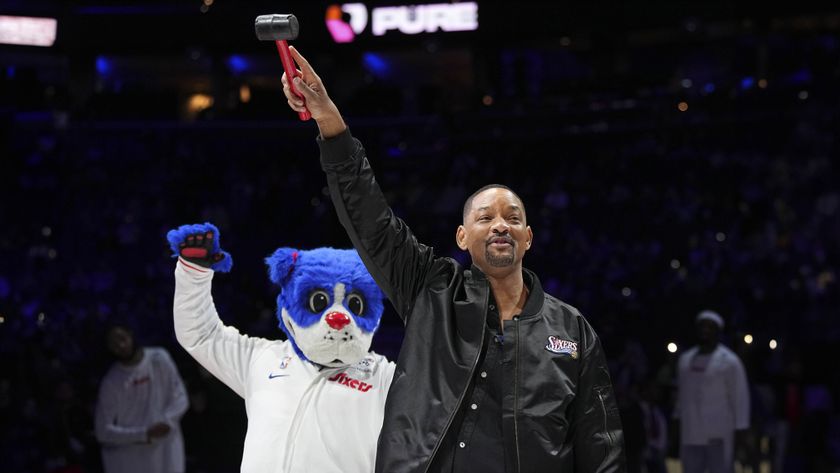

![Chris Hayes [left] wears a purple checked shirt and plays his 1957 Stratocaster in the studio; Michael J. Fox tears it up onstage as Marty McFly in the 1985 blockbuster Back To The Future.](https://cdn.mos.cms.futurecdn.net/nWZUSbFAwA6EqQdruLmXXh-840-80.jpg)